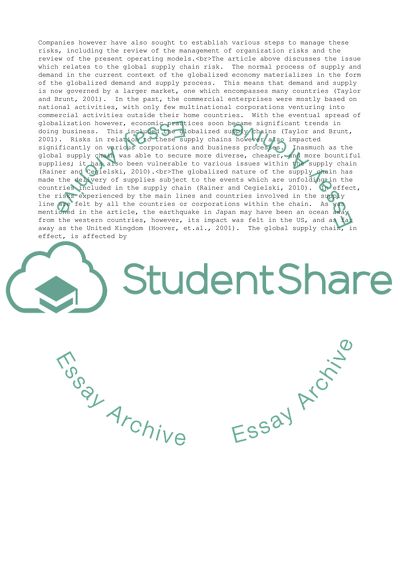Cite this document
(The Portfolio of Current Issues in Risk Management Essay - 1, n.d.)
The Portfolio of Current Issues in Risk Management Essay - 1. https://studentshare.org/management/1783367-the-portfolio-of-current-issues-in-risk-management
The Portfolio of Current Issues in Risk Management Essay - 1. https://studentshare.org/management/1783367-the-portfolio-of-current-issues-in-risk-management
(The Portfolio of Current Issues in Risk Management Essay - 1)
The Portfolio of Current Issues in Risk Management Essay - 1. https://studentshare.org/management/1783367-the-portfolio-of-current-issues-in-risk-management.
The Portfolio of Current Issues in Risk Management Essay - 1. https://studentshare.org/management/1783367-the-portfolio-of-current-issues-in-risk-management.
“The Portfolio of Current Issues in Risk Management Essay - 1”. https://studentshare.org/management/1783367-the-portfolio-of-current-issues-in-risk-management.


